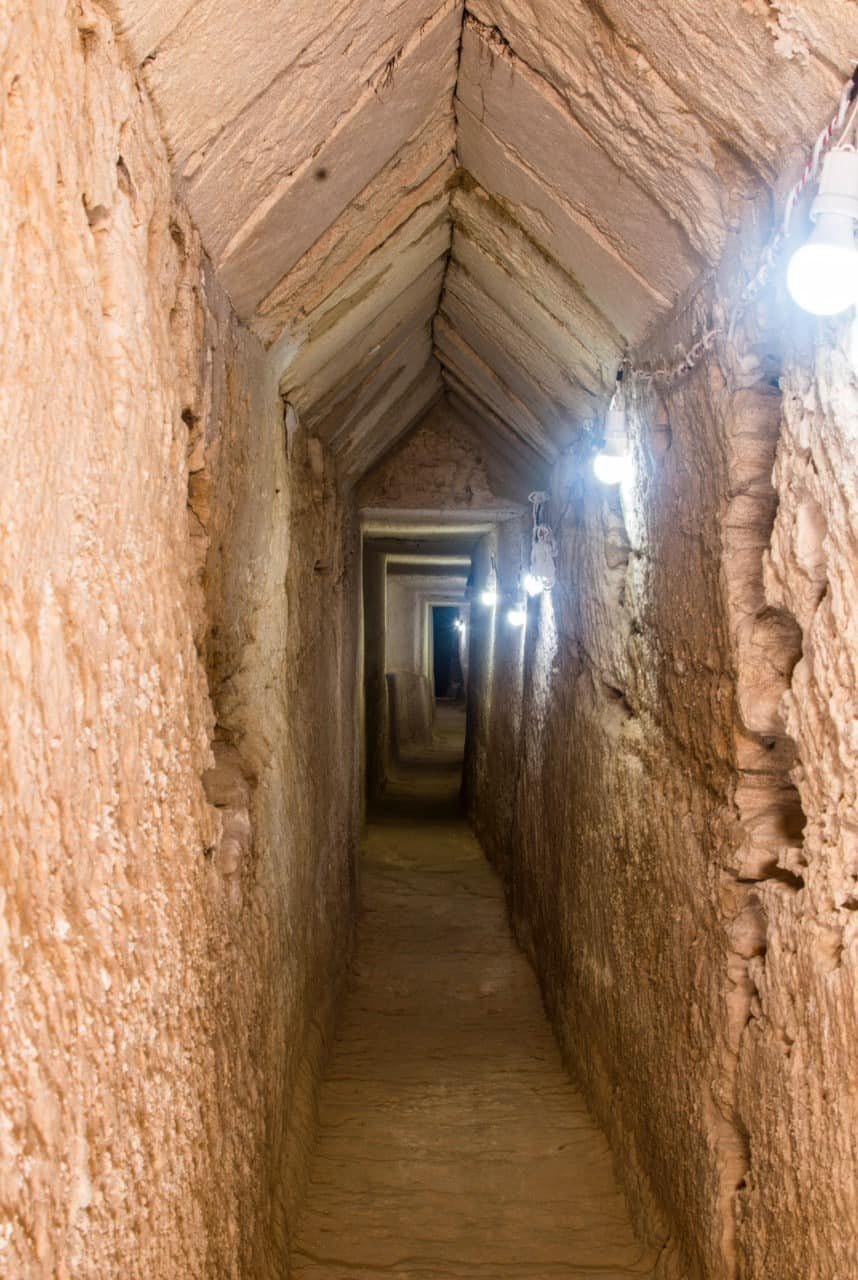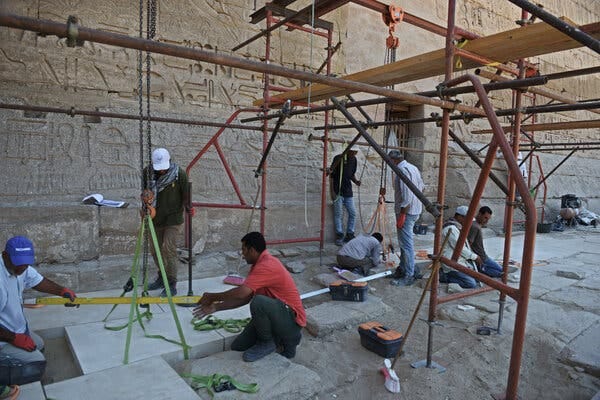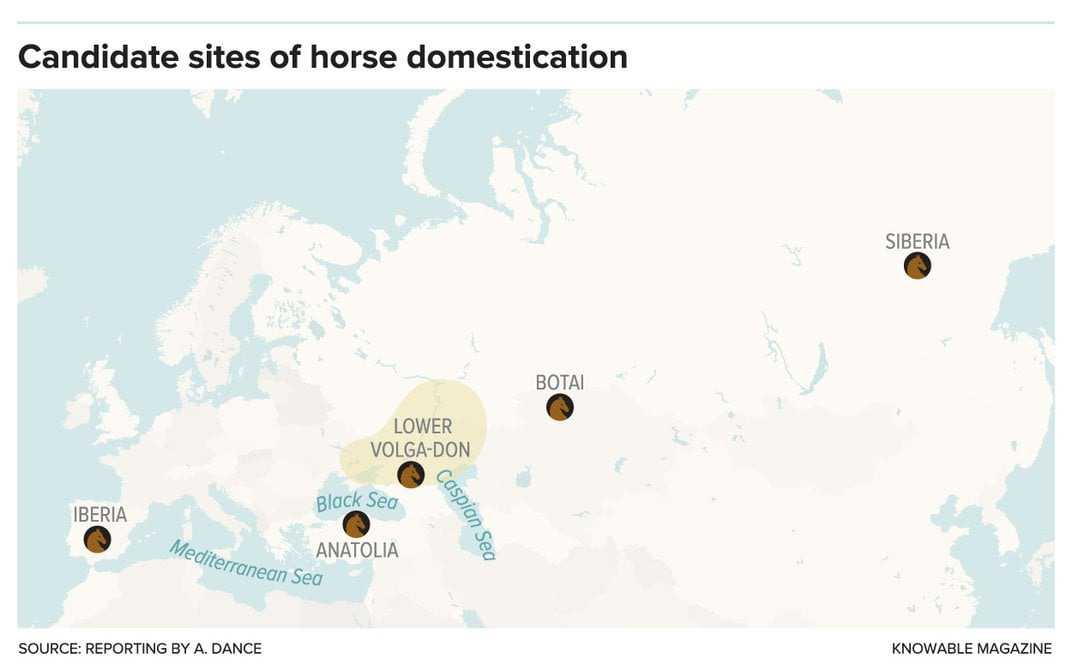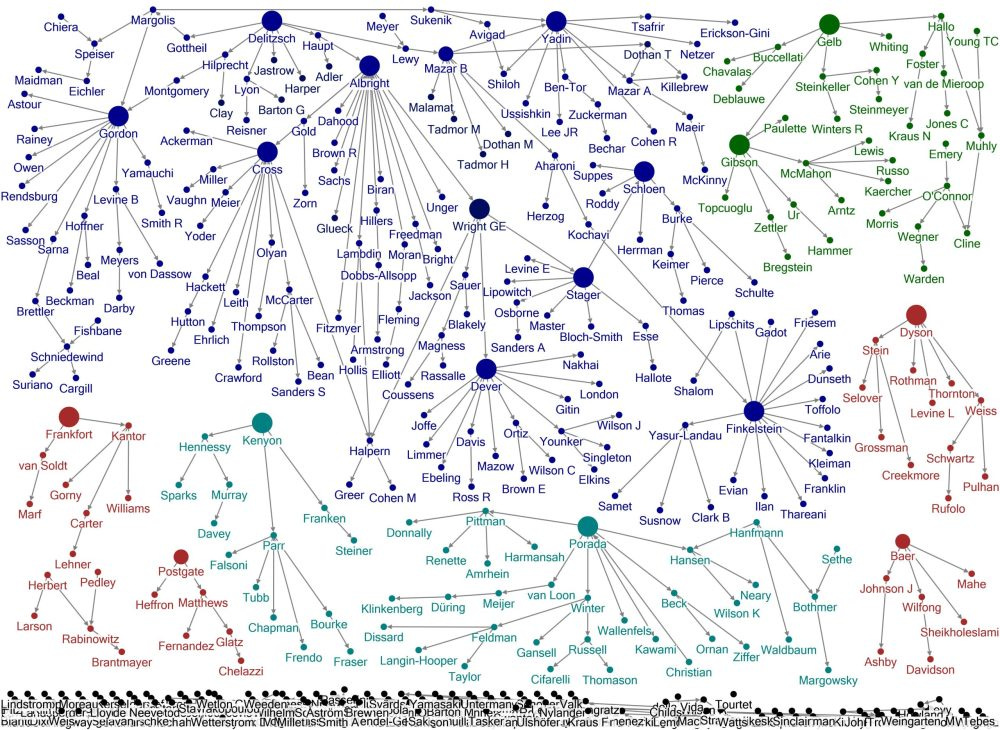Archaeologists Discover 4,300-Foot-Long Tunnel Under Ancient Egyptian Temple
Excavation at the temple at Taposiris Magna found an underground tunnel connected to the god Osiris. The tunnel is nearly 4,300 feet long—an engineering feat in and of itself. Excavators are trying their best to date it to the reign of Cleopatra VII (yes, because that Cleopatra) and claim it was her tomb, but it is also somehow dated to the time of Alexander of Macedonia (often known as The Great, but why) based on coins found at the site. What was this tunnel used for? How is the length connected to its function? Very much a mystery still, but let’s not all jump into the Cleopatra’s Tomb(!) Bandwagon yet…

Climate Change and Human Activity Erode Egypt’s Treasured Antiquities
With this year’s COP taking place in Egypt, a spotlight has been shown on the effects of human induced climate change on the antiquities. As the article states, Egypt is warming twice as fast as the rest of the world and the Nile is drying up and slowing down. The Delta is being affected by rising seawaters, as well. What does this mean for monuments and antiquities of the region? The changing landscape will reveal new sites and artifacts to archaeologists, but much more will be lost, even with efforts towards conservation and stabilization of already uncovered sites.

A Curator Has Been Charged With Giving False Provenance Information Amid a Major Probe Into Louvre Abu Dhabi Antiquities Trafficking
In an update to past discussions concerning the Louvre trafficking case, Jean-François Charnier, the former executive of France Museums, the agency that advised the Louvre Abu Dhabi, was indicted for his role in the alleged trafficking and plundered of Egyptian antiquities. He was charged with giving false provenance and information about objects that were later acquired from the Louvre Abu Dhabi. This is a major step in combating the illegal antiquities trade but also a depressing reminder that museums are not safe spaces and never were. Museums are reflections of our economic inequality, political suppression, handouts to the rich, and colonial disfunction. And this is no dig at colleagues who work at museums! Universities are the same problematic spaces, even those who call themselves public universities.

When Did Humans Domesticate the Horse?
Horses and humans have been interacting for thousands of years, but the exact date for the true domestication of the horse has been debated. Analyzing the DNA of 250 ancient horse genomes researchers were able to find that horses were domesticated pretty damn recently, about 5,500 years ago, coinciding with the first city-states in Mesopotamia and the first regional state in Egypt. We can see this substantiated in the visual and archaeological record as well, with horses, horse riding, and chariots filtering into the Near East (and later Egypt) from the steppe region (and linked to the spread of Proto-Indo European languages).

Who Are You? Preliminary Results of the Academic Genealogies of Near Eastern Scholars (AGNES) Project
Preliminary results from the AGNES Project has been released. Contrary to popular belief, W.F. Albright, though extremely important in the field, is not truly the “father” of the discipline. There were many Ur-pathways in the discipline with many “family” groupings. What is interesting to us is how certain people categorized themselves and continue to categorize themselves academically. Pedigree is everything, it seems. How do you see your academic lineages, if you have one? But we have issues with the imposed clarity of these charts. Whom do you view as your academic parent who was not your advisor? Do you have multiple “parents” or advisors? Constructing neat charts like this would obviously become very muddied if you took those human factors into consideration.

NEW Chat Feature!
We’re announcing a brand new addition to our Substack publication: the Afterlives After Party subscriber chat. One of our motivations for starting this publication was to develop an engaged audience away from the more problematic, pay-to-play socials to support a platform that provides a space for content we read and value.
This is a conversation space in the Substack app that we set up exclusively for our subscribers—kind of like a group chat or live hangout. We’ll post short prompts, thoughts, and updates that come our way, and you can jump into the discussion. Because it’s a much safer space, the discussion and comments are much more revealing and real.





